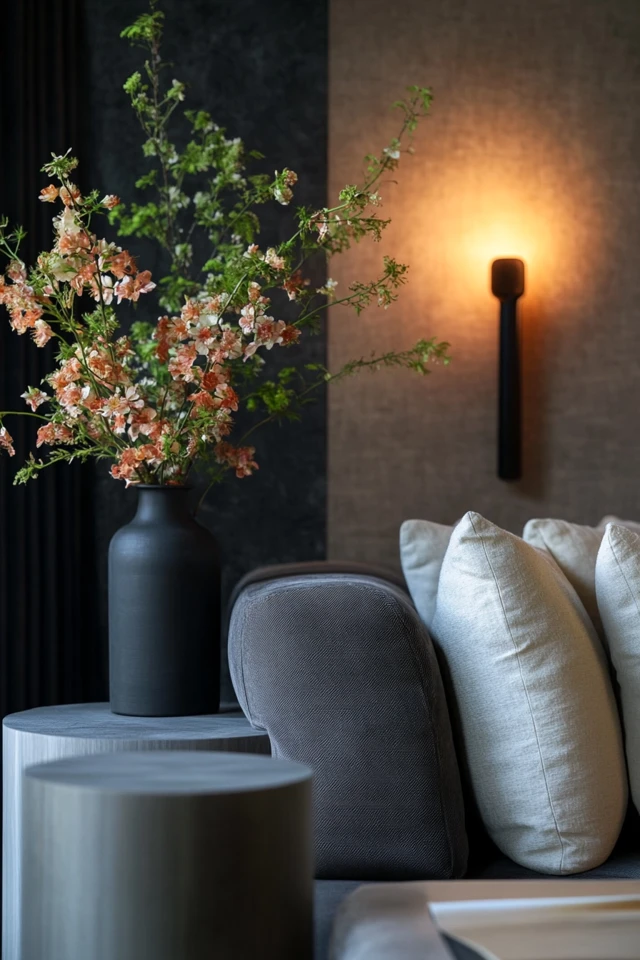Introduction
There’s nothing quite like walking into a room that instantly soothes your soul. A space where the lighting is soft, the textures are inviting, and the overall vibe just feels… right. I’ve always been drawn to the idea of creating a room that not only looks beautiful but also acts as a sanctuary—somewhere to recharge and escape the chaos of the outside world. This became a personal mission during one particularly stressful year, when I decided to turn my cramped apartment bedroom into a haven of peace and relaxation. Let me tell you, it was life-changing.
When I started that project, I didn’t have a lot of money to spend, but I had a vision: to create a space where I could read, meditate, or simply unwind after a long day. Over the years, I’ve refined my approach and discovered that creating a relaxing, aesthetic room atmosphere isn’t about splurging on expensive furniture or decor. Instead, it’s about thoughtful choices—lighting, colors, textures, scents, and small details that come together to create a harmonious environment.
In this blog, I’ll guide you through the art of designing a room that feels both visually stunning and deeply calming. Whether you’re looking to revamp your bedroom, living room, or even a cozy corner, these tips will help you create a space that feels like a warm hug after a long day.
Step 1: Choose a Calming Color Palette
The Power of Color Psychology
Colors have a profound impact on how we feel. To create a relaxing atmosphere, stick to soft, neutral, and muted tones that evoke tranquility. Avoid overly bright or intense colors, which can feel stimulating rather than calming.
Best Colors for a Relaxing Room:
- Soft Blues and Greens: Reminiscent of nature, these shades are known to promote relaxation.
- Earthy Tones: Beige, taupe, and warm greys create a grounded, soothing vibe.
- Pale Pinks and Lavenders: These subtle hues add warmth and comfort without being overwhelming.
Pro Tip:
If you love bold colors, use them sparingly—perhaps as accents in throw pillows, artwork, or a single feature wall. This way, the room stays serene without feeling boring.
Step 2: Focus on Soft Lighting
Layers of Light
Lighting is one of the most important factors in setting the mood of a room. For a relaxing atmosphere, avoid harsh, overhead lighting and instead create layers of soft, diffused light.
How to Achieve It:
- Use table lamps and floor lamps with warm-toned bulbs (2700K-3000K is ideal).
- Add string lights or fairy lights for a magical, cozy glow.
- Incorporate candles (real or LED) to add a flickering warmth.
Dimmer Switches for Flexibility
Installing dimmer switches is a game-changer. They let you adjust the light intensity based on your mood or the time of day, making the space feel infinitely more versatile.
Step 3: Add Textures for Comfort
Why Texture Matters
A relaxing room isn’t just about how it looks—it’s also about how it feels. Incorporating a variety of soft textures can make your space more inviting and cozy.
Ideas for Adding Texture:
- Throw Blankets: Layer a chunky knit blanket over a chair or bed.
- Pillows: Mix and match pillows with different fabrics like velvet, linen, and faux fur.
- Rugs: A plush area rug or soft sheepskin can make a world of difference underfoot.
Pro Tip:
Stick to natural materials like cotton, wool, or bamboo for a more organic and soothing vibe.
Step 4: Declutter for Peace of Mind
The Role of Minimalism
Clutter can create mental chaos, making it harder to relax. Keep your space tidy and organized to maintain a sense of calm.
Tips for Decluttering:
- Use baskets or decorative storage boxes to hide miscellaneous items.
- Keep surfaces clear, limiting decor to a few intentional pieces.
- Regularly assess what you no longer need and donate or discard accordingly.
Pro Tip:
Adopt the “less is more” philosophy. The fewer distractions in your space, the easier it is to unwind.
Step 5: Incorporate Nature
The Calming Effect of Biophilic Design
Bringing nature indoors has been scientifically proven to reduce stress and improve mood. Adding natural elements to your room can make it feel like a serene retreat.
Ideas for Bringing in Nature:
- Houseplants: From low-maintenance succulents to lush ferns, plants instantly add life to a room.
- Natural Materials: Opt for wooden furniture, woven baskets, or rattan accents.
- Artwork Inspired by Nature: Think landscapes, botanical prints, or calming ocean scenes.
Step 6: Use Scent to Set the Mood
Aromatherapy Basics
A relaxing room engages all your senses, and scent is one of the most powerful ways to influence your mood. Use diffusers, candles, or sprays to create a calming ambiance.
Best Scents for Relaxation:
- Lavender: Known for its stress-reducing properties.
- Eucalyptus: Refreshing and invigorating.
- Vanilla: Warm and comforting.
- Sandalwood: Earthy and grounding.
Pro Tip:
For a subtle, long-lasting scent, try a reed diffuser or essential oil diffuser.
Step 7: Incorporate Personal Touches
Why It Matters
Personal touches make your space feel like yours. Incorporate meaningful decor items that bring you joy, whether it’s framed photos, mementos, or artwork.
Ideas:
- Hang a gallery wall with photos of loved ones or inspiring artwork.
- Display items that remind you of happy memories, like souvenirs from trips.
- Use books or magazines you love as part of your decor.
Picture Gallery
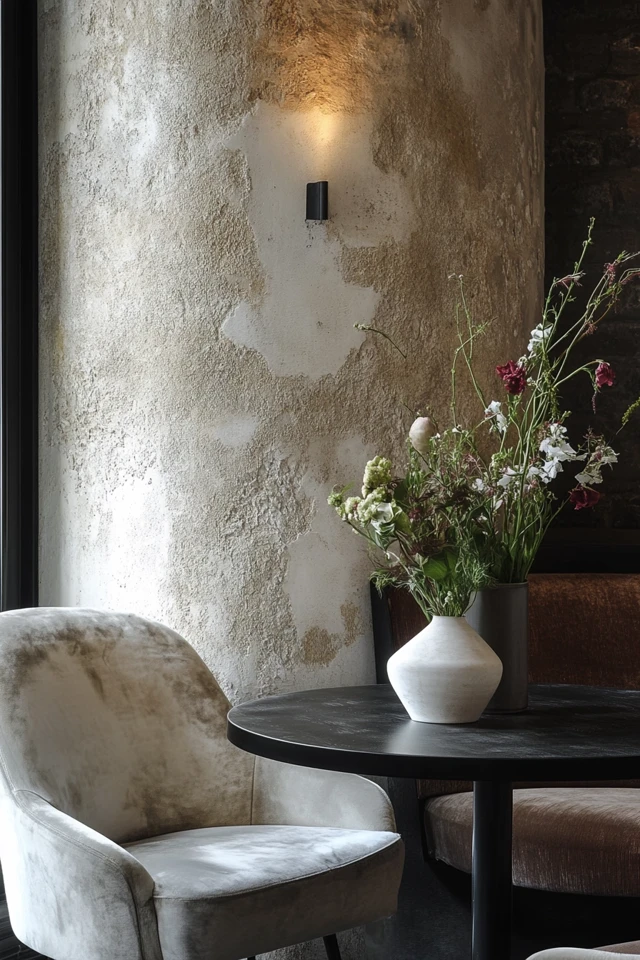
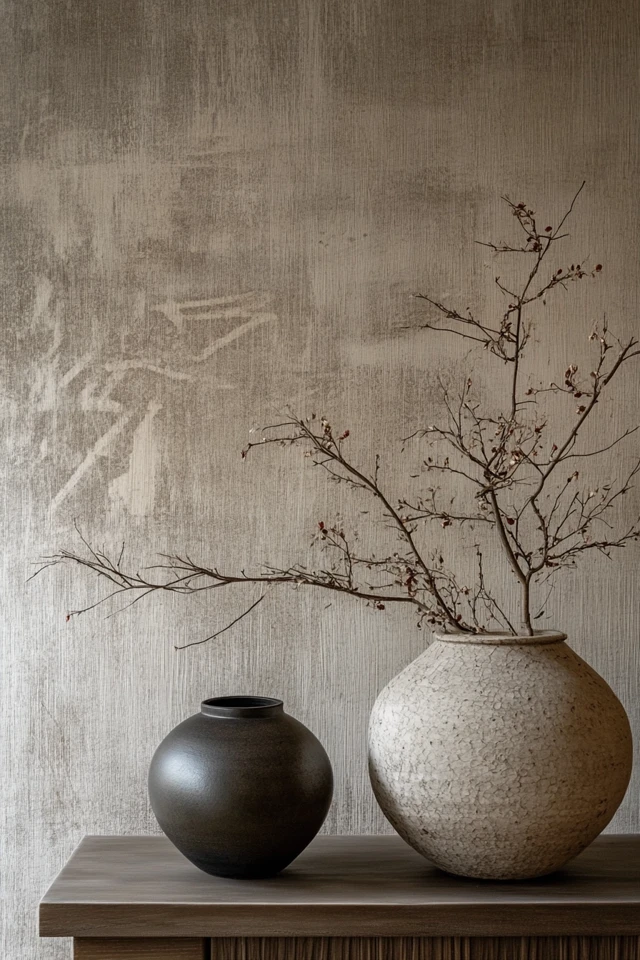
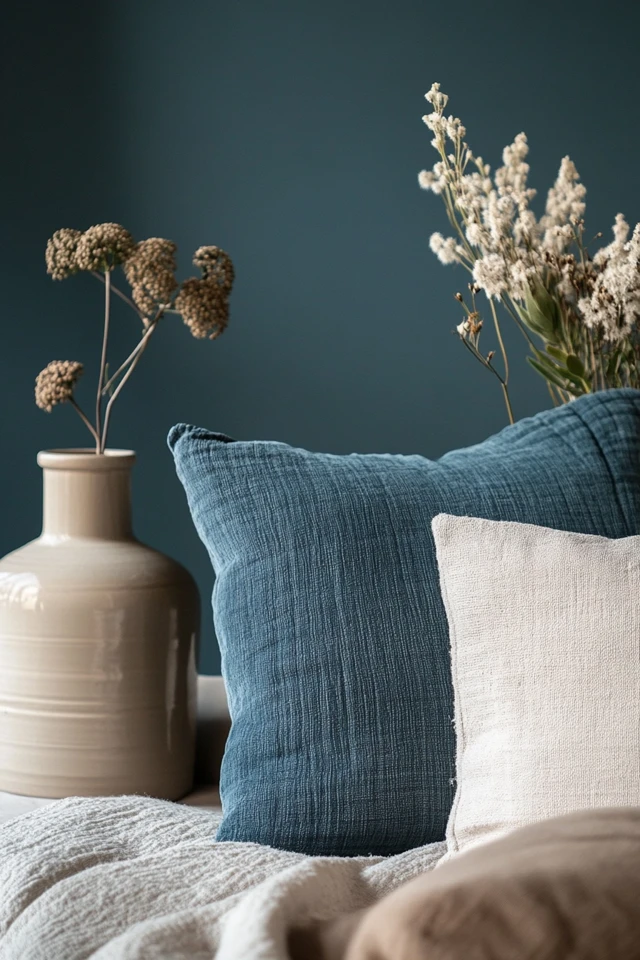
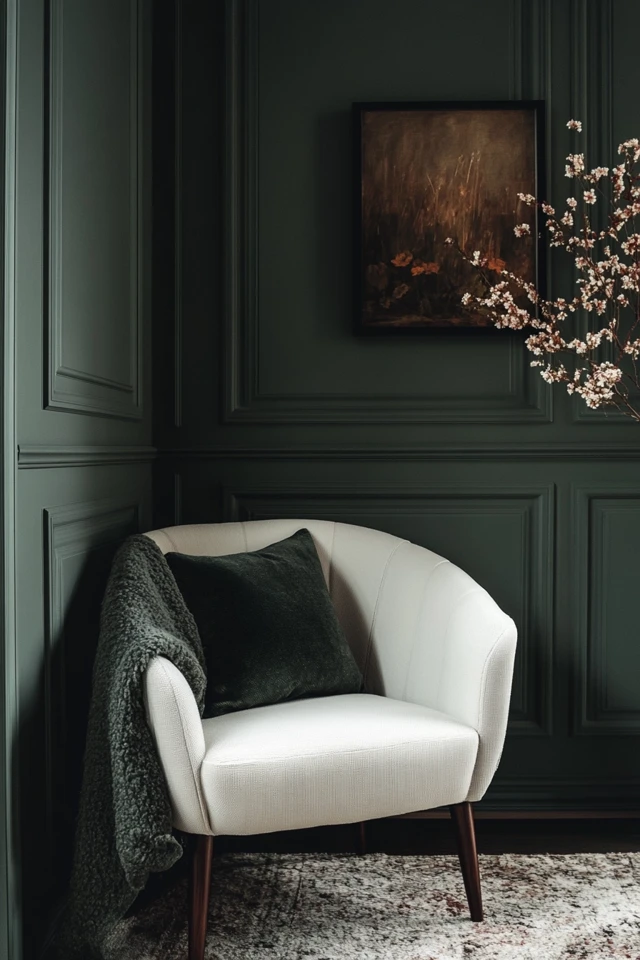

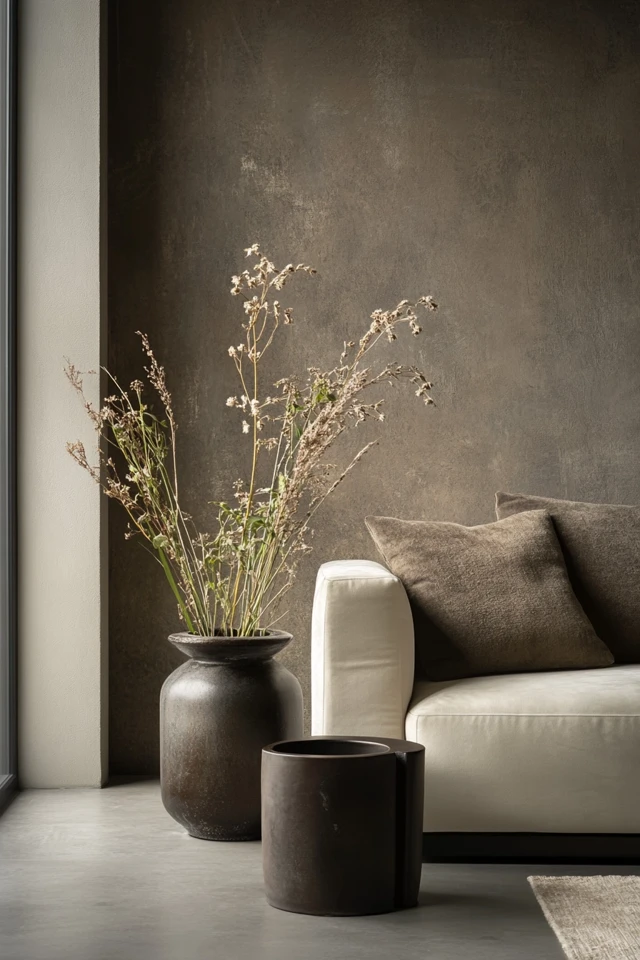
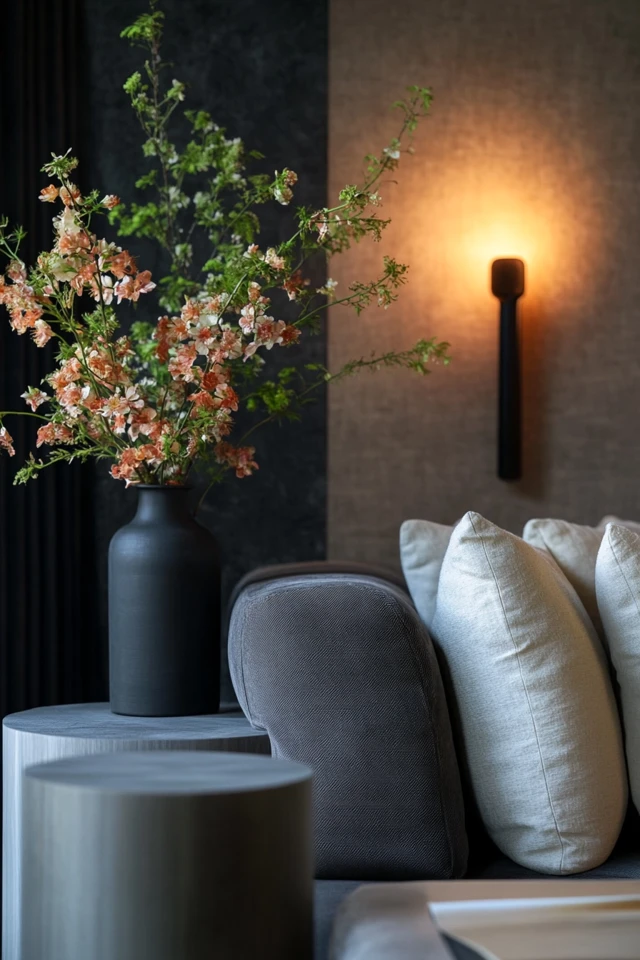
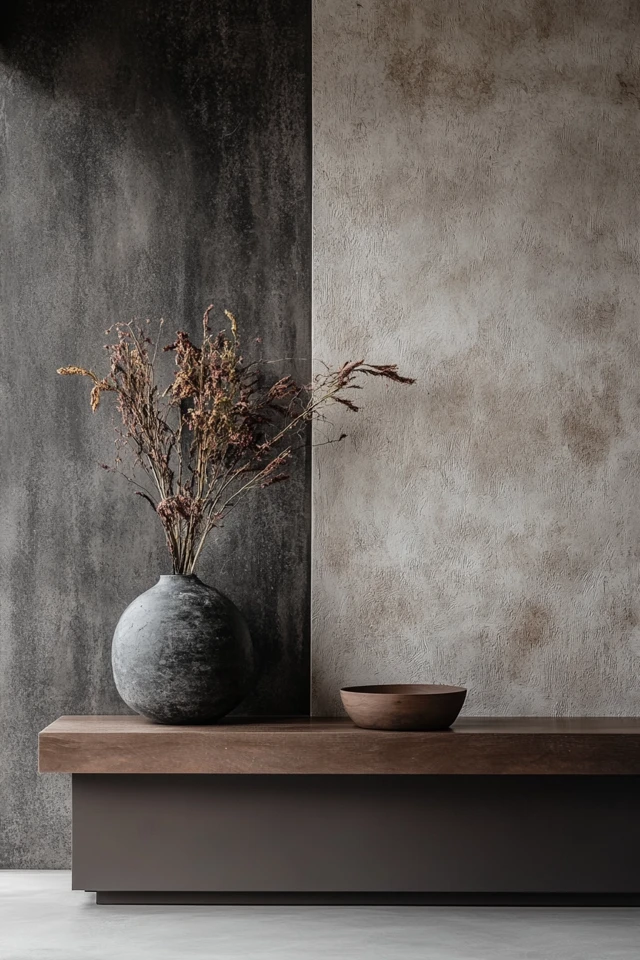
Conclusion
Creating a relaxing, aesthetic room atmosphere isn’t about following strict design rules—it’s about curating a space that makes you feel good. From soft lighting and calming colors to personal touches and natural elements, the goal is to design a room that feels like your personal retreat.
When I look back on my first attempt at creating a relaxing room, I realize it wasn’t just about aesthetics—it was about creating a space where I could breathe, dream, and recharge. And that’s the beauty of it: when you design a room that truly nurtures you, it becomes more than just a space. It becomes a sanctuary.
So, take it step by step. Start with one corner or one element, and build from there. Whether it’s adding a few plants, rearranging your furniture for better flow, or simply swapping out harsh bulbs for softer lighting, every little change will bring you closer to the space you envision.
You deserve a room that feels as good as it looks. Now, go create it.
FAQ
What’s the quickest way to make a room feel more relaxing?
Start by addressing the lighting. Replace harsh overhead lights with table lamps, string lights, or candles to create a softer, cozier ambiance.
How do I make a small room feel more calming?
Stick to a light, neutral color palette to make the space feel larger and more open. Add mirrors to reflect light and declutter to keep the room from feeling cramped.
Are there specific plants that are best for a relaxing room?
Yes! Low-maintenance plants like snake plants, peace lilies, and pothos are great options. Lavender and jasmine are also calming if you want fragrant plants.
Can I create a relaxing room on a budget?
Absolutely! Focus on affordable changes like rearranging furniture for better flow, adding inexpensive string lights, or incorporating thrifted or DIY decor items.
How do I balance relaxation with functionality in a room?
Choose furniture and decor that serve dual purposes. For example, use storage ottomans, multifunctional furniture, or decorative baskets that keep the room tidy while adding to its aesthetic.

